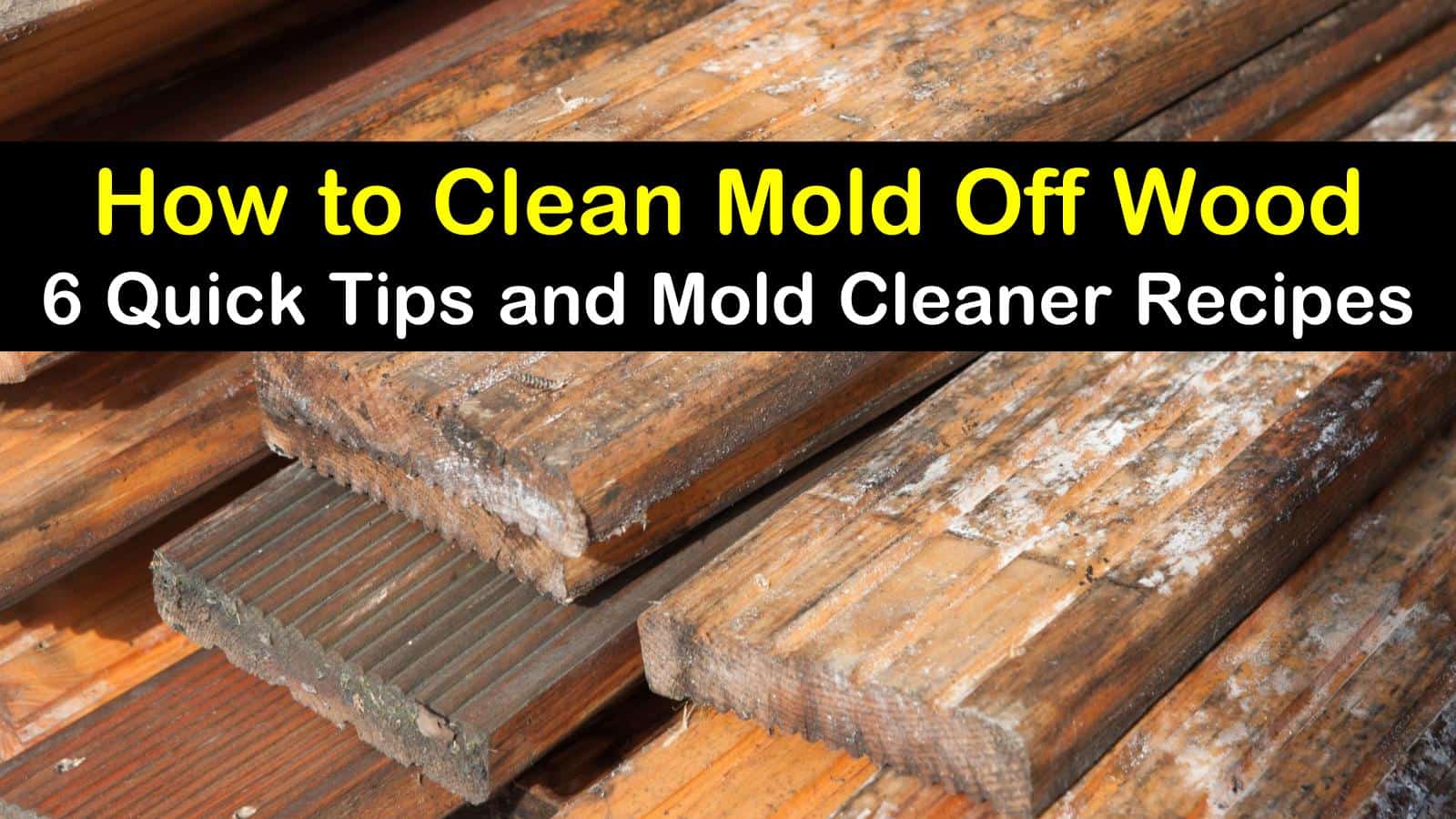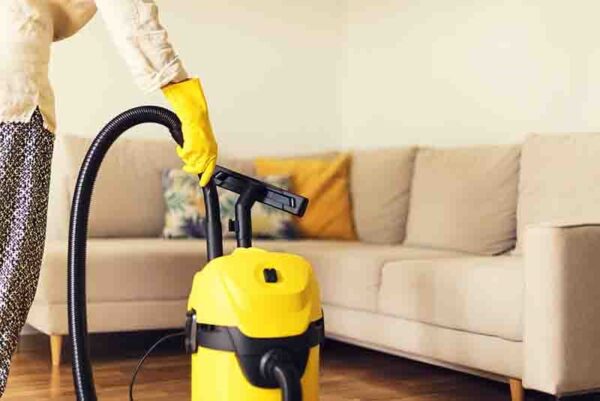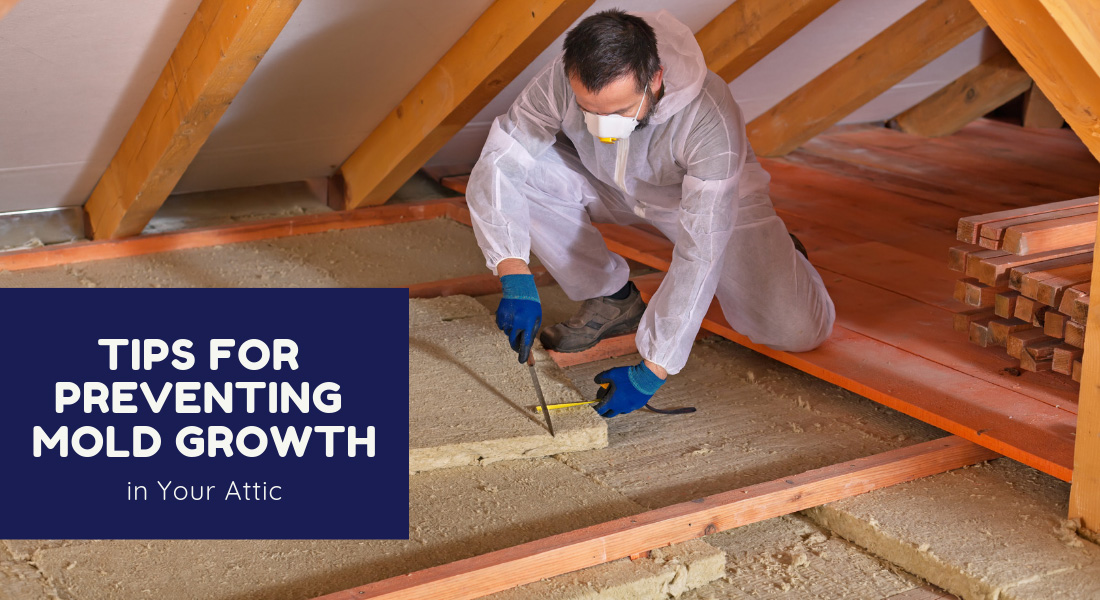How to Remove Mold from Leather Furniture
Mold growth on leather furniture can be unsightly and damaging to the material. Not only can it cause discoloration and unpleasant odors, but it can also weaken the structure of the furniture. Fortunately, there are several methods for removing mold from leather sofas that are effective and easy to do at home.
How to Get Rid of Mold on Leather Sofa
Before attempting to remove mold from a leather sofa, it is important to identify the type of mold and the extent of the damage. If the mold growth is extensive and has penetrated deep into the leather, it may be best to seek professional help. However, for smaller patches of mold, there are several DIY methods that can effectively get rid of the mold and restore your leather sofa to its former glory.
Removing Mold from Leather Couch
If you have noticed mold on your leather couch, the first step is to contain the affected area. Use a plastic tarp or sheet to cover the surrounding furniture and floor to prevent the spread of mold spores. Next, use a soft-bristled brush to gently remove any visible mold from the surface of the leather. Make sure to wear gloves and a mask to protect yourself from inhaling spores.
DIY Mold Removal for Leather Sofas
One effective method for removing mold from leather sofas is using a mixture of rubbing alcohol and water. Mix equal parts of the two in a spray bottle and lightly mist the affected area. Use a clean cloth to gently scrub the mold, being careful not to saturate the leather. Once the mold is removed, wipe the area with a clean, damp cloth and dry thoroughly.
Best Products for Removing Mold on Leather
There are also several commercial products specifically designed for removing mold on leather furniture. Look for products that contain ingredients such as tea tree oil, vinegar, or hydrogen peroxide, as these are known for their anti-fungal properties. Follow the instructions on the product carefully and always test it on a small, inconspicuous area first.
Effective Ways to Clean Mold on Leather Sofa
In addition to using a cleaning solution, you can also try using a mixture of baking soda and water to clean mold on leather sofas. Mix 1 tablespoon of baking soda with 1 cup of water to create a paste. Apply the paste to the affected area and let it sit for 10-15 minutes before wiping it off with a damp cloth. Baking soda is known for its ability to absorb moisture and odors, making it a great natural cleaner for mold on leather.
Removing Mold Stains from Leather Furniture
If you are left with stubborn mold stains on your leather sofa after removing the mold, there are a few methods you can try to get rid of them. One option is using a mixture of lemon juice and cream of tartar. Apply the paste to the stain and let it sit for 10-15 minutes before wiping it off with a damp cloth. Another option is using a leather cleaner specifically designed for mold stains.
Natural Remedies for Mold on Leather Couch
If you prefer to use natural remedies, there are a few options for removing mold from leather sofas. One method is using white vinegar, which has natural anti-fungal properties. Mix equal parts of vinegar and water in a spray bottle and lightly mist the affected area. Let it sit for a few minutes before wiping it off with a clean cloth. You can also try using a mixture of tea tree oil and water, as tea tree oil is known for its ability to kill mold and prevent its growth.
Preventing Mold Growth on Leather Sofas
The best way to deal with mold on leather furniture is to prevent it from growing in the first place. Make sure to regularly clean and condition your leather sofa to keep it in good condition. Avoid placing leather furniture in damp or humid areas, and if possible, use a dehumidifier to control the moisture level in the room. If you live in a humid climate, consider using a leather protector spray to prevent mold growth.
Professional Mold Removal for Leather Furniture
If you are dealing with extensive mold growth on your leather sofa, it may be best to seek professional help. Mold removal experts have the proper equipment and expertise to safely and effectively remove mold from leather furniture. They can also provide tips and advice for preventing mold growth in the future.
In conclusion, mold growth on leather furniture is a common problem that can be effectively dealt with using DIY methods or professional help. Regular cleaning and preventative measures can also help to keep your leather sofa mold-free. By following these tips, you can ensure that your leather furniture remains in good condition and free from mold.
How to Effectively Remove Mold on Your Leather Sofa

Understanding the Dangers of Mold on Your Leather Sofa
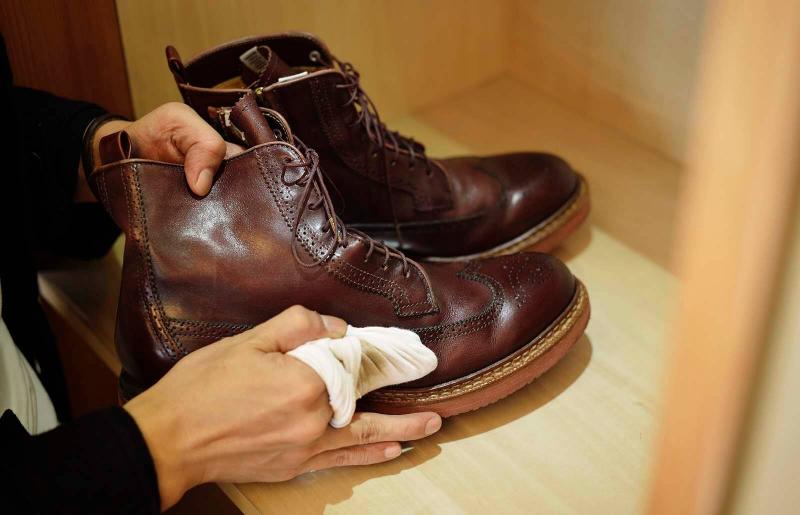 Mold is a common problem that can affect any household, including your beloved leather sofa. Not only is it unsightly and can ruin the appearance of your furniture, but it can also pose health risks to you and your family. Mold can release spores into the air, which can trigger allergies and respiratory problems. It is essential to address any mold growth on your leather sofa as soon as possible to prevent it from spreading and causing further damage.
Mold is a common problem that can affect any household, including your beloved leather sofa. Not only is it unsightly and can ruin the appearance of your furniture, but it can also pose health risks to you and your family. Mold can release spores into the air, which can trigger allergies and respiratory problems. It is essential to address any mold growth on your leather sofa as soon as possible to prevent it from spreading and causing further damage.
The Causes of Mold Growth on Leather Sofas
 Mold thrives in warm, damp, and dark environments, making leather sofas the perfect breeding ground. If your sofa is placed in a room with high humidity levels or near a source of moisture, such as a leaky window or plumbing, it is more susceptible to mold growth. Additionally, spills, pet accidents, and improper cleaning methods can also contribute to mold growth on your leather sofa.
Mold thrives in warm, damp, and dark environments, making leather sofas the perfect breeding ground. If your sofa is placed in a room with high humidity levels or near a source of moisture, such as a leaky window or plumbing, it is more susceptible to mold growth. Additionally, spills, pet accidents, and improper cleaning methods can also contribute to mold growth on your leather sofa.
Step-by-Step Guide to Remove Mold on Your Leather Sofa
 Step 1:
Begin by inspecting the affected area and identifying the extent of the mold growth. If the mold covers a large area or has deeply penetrated the leather, it is best to seek professional help.
Step 2:
Next, put on protective gear, such as gloves and a mask, to prevent any direct contact with the mold.
Step 3:
Use a soft-bristled brush to gently remove any visible mold from the surface of your leather sofa. Be sure to brush in one direction to avoid spreading the mold spores.
Step 4:
Mix equal parts of water and white vinegar in a spray bottle. Lightly spray the affected area and let it sit for 10-15 minutes.
Step 5:
Use a clean, damp cloth to wipe away the vinegar solution.
Step 6:
Sprinkle baking soda over the affected area and let it sit for a few hours to absorb any remaining moisture and odors.
Step 7:
Use a vacuum with a brush attachment to remove the baking soda from your leather sofa.
Step 8:
If the mold persists, you can use a mild leather cleaner to gently scrub the area and remove any remaining mold.
Step 1:
Begin by inspecting the affected area and identifying the extent of the mold growth. If the mold covers a large area or has deeply penetrated the leather, it is best to seek professional help.
Step 2:
Next, put on protective gear, such as gloves and a mask, to prevent any direct contact with the mold.
Step 3:
Use a soft-bristled brush to gently remove any visible mold from the surface of your leather sofa. Be sure to brush in one direction to avoid spreading the mold spores.
Step 4:
Mix equal parts of water and white vinegar in a spray bottle. Lightly spray the affected area and let it sit for 10-15 minutes.
Step 5:
Use a clean, damp cloth to wipe away the vinegar solution.
Step 6:
Sprinkle baking soda over the affected area and let it sit for a few hours to absorb any remaining moisture and odors.
Step 7:
Use a vacuum with a brush attachment to remove the baking soda from your leather sofa.
Step 8:
If the mold persists, you can use a mild leather cleaner to gently scrub the area and remove any remaining mold.
Preventing Mold Growth on Your Leather Sofa
 Once you have successfully removed the mold from your leather sofa, it is crucial to take preventive measures to avoid future growth. Here are some tips to keep in mind:
- Keep your leather sofa away from sources of moisture and humidity.
- Clean up spills and accidents immediately.
- Use a leather conditioner regularly to maintain the leather's integrity and prevent it from cracking and becoming a breeding ground for mold.
- If you live in a humid climate, consider investing in a dehumidifier to control the moisture levels in your home.
Once you have successfully removed the mold from your leather sofa, it is crucial to take preventive measures to avoid future growth. Here are some tips to keep in mind:
- Keep your leather sofa away from sources of moisture and humidity.
- Clean up spills and accidents immediately.
- Use a leather conditioner regularly to maintain the leather's integrity and prevent it from cracking and becoming a breeding ground for mold.
- If you live in a humid climate, consider investing in a dehumidifier to control the moisture levels in your home.
In Conclusion
 Mold on your leather sofa is not only a visual eyesore but also a health hazard. By following the steps outlined above, you can effectively remove mold from your leather sofa and prevent it from returning. Remember to always take preventive measures and address any mold growth promptly to keep your leather sofa looking and smelling fresh.
Mold on your leather sofa is not only a visual eyesore but also a health hazard. By following the steps outlined above, you can effectively remove mold from your leather sofa and prevent it from returning. Remember to always take preventive measures and address any mold growth promptly to keep your leather sofa looking and smelling fresh.






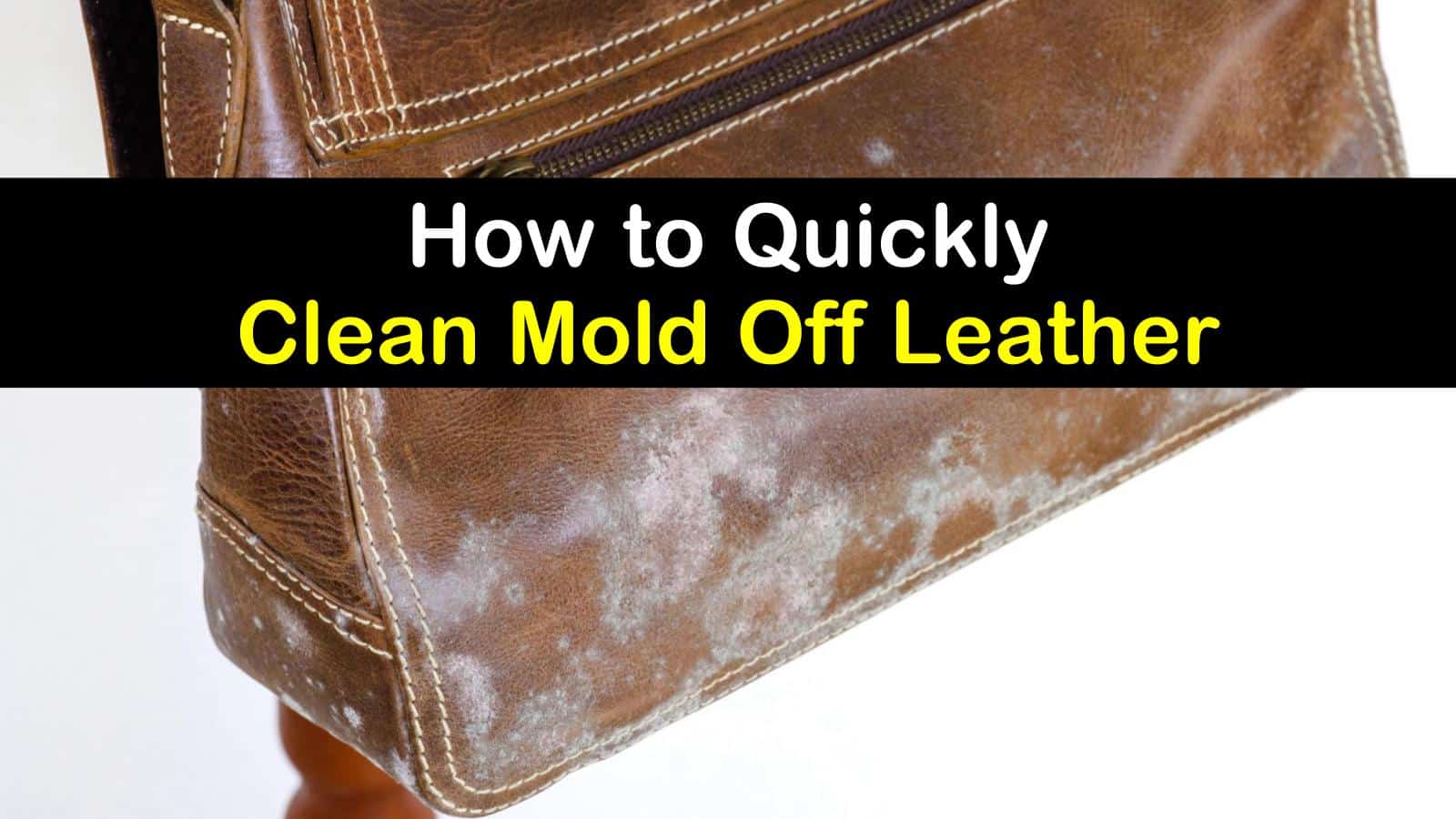







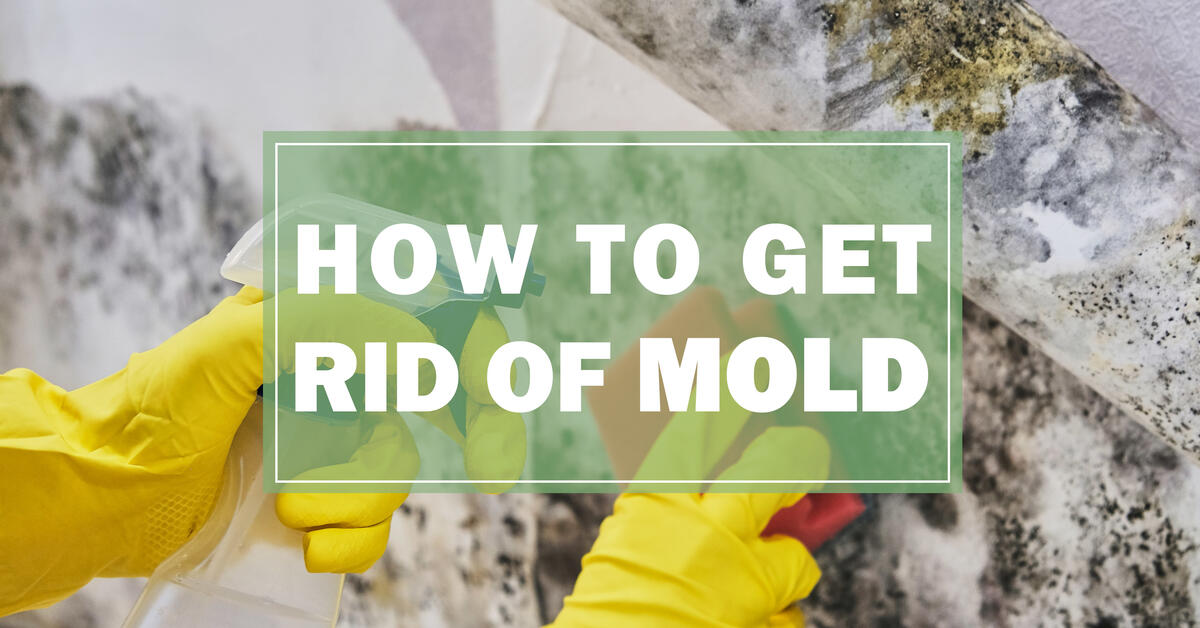



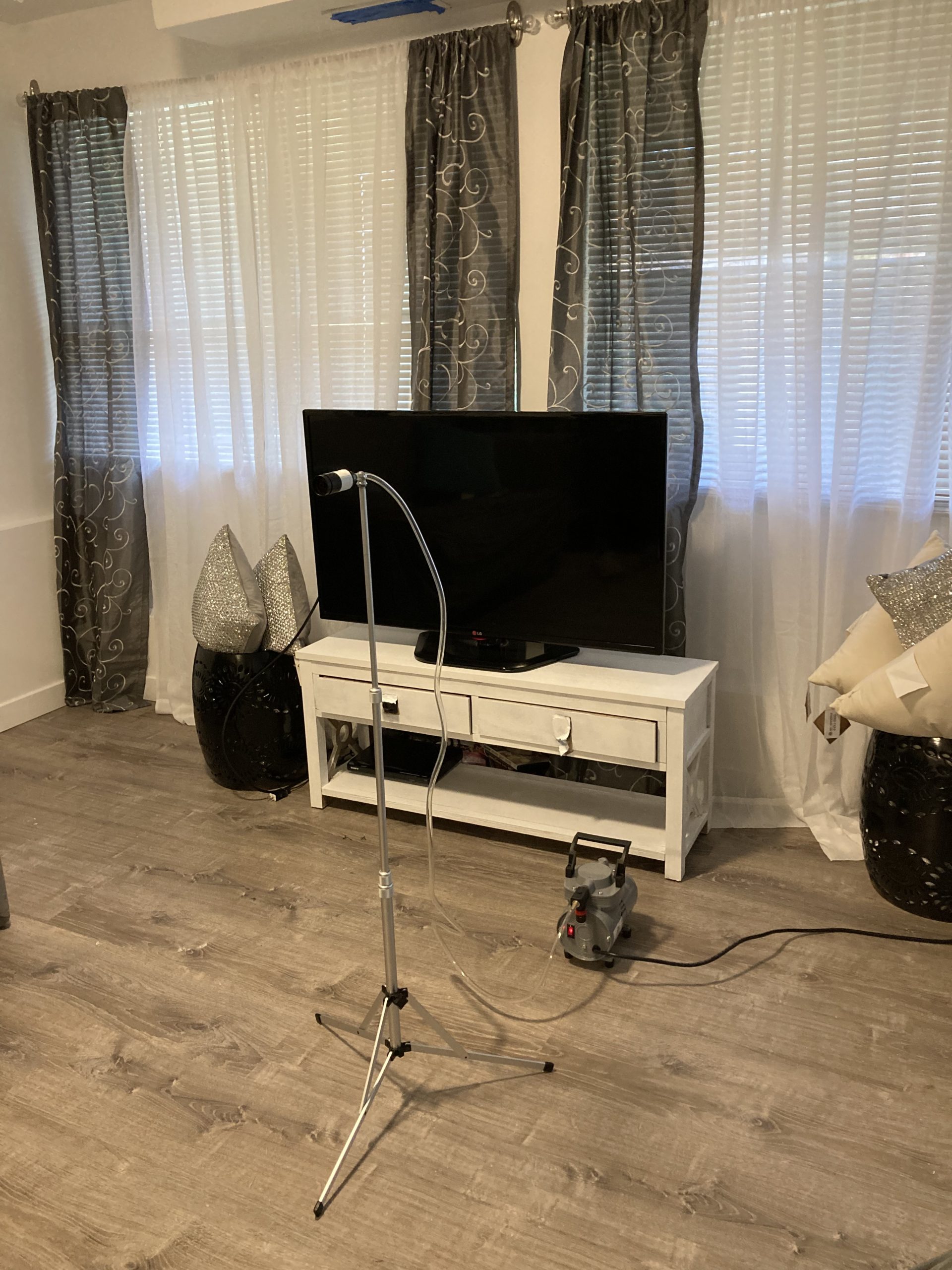

























/GettyImages-504312298-2509253a39a841cd84970089b16e794e.jpg)









:max_bytes(150000):strip_icc()/clean-mold-from-leather-3420052-02-ecbfecdda8ef4bc3a8e0f7cd5086fa7f.jpg)




